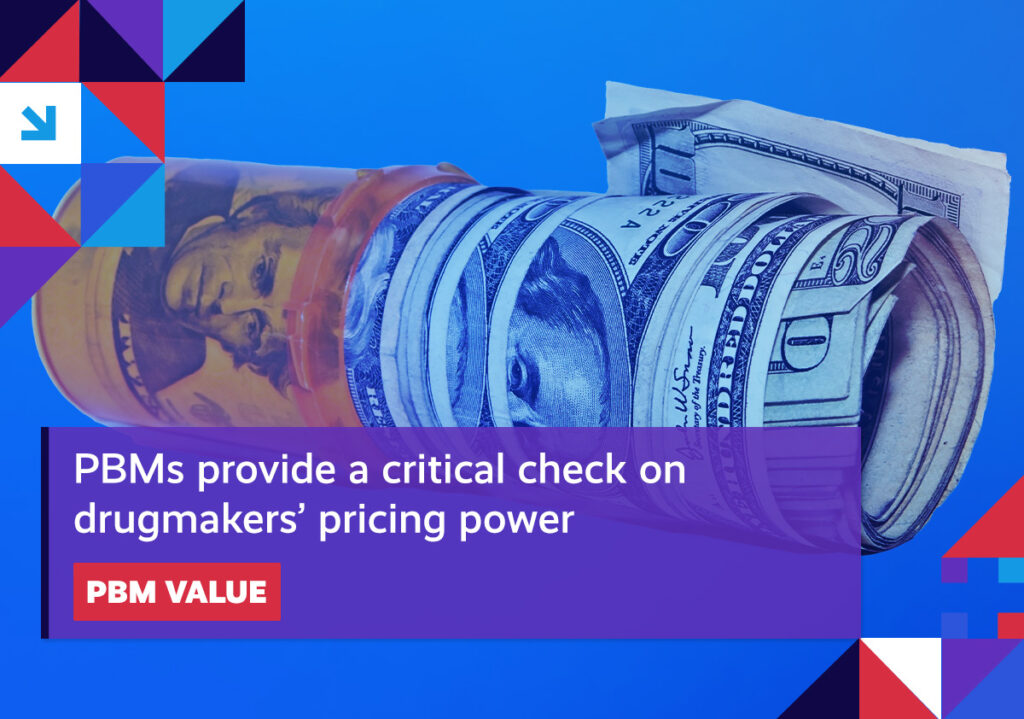A quick roundup of the issues driving the healthcare reform conversation.
Item of the Week

Spotlight
OVERUSE Unnecessary coronary stents get placed in Medicare patients every seven minutes.
Quick takeaway: According to a recent analysis, hospitals’ overuse of stents costs taxpayers $800 million every year.
Digging deeper: The unnecessary placement of these small mesh tubes used to open narrowed arteries not only drives up healthcare costs, but also poses serious health risks to patients. Stent complications, while uncommon, can include blood clots, perforated arteries, or kidney damage.
Other key takeaways from the study:
- Between 2019 and 2021, U.S. hospitals placed nearly 230,000 unnecessary stents
- Of the approximately 1 million stents placed, 22 percent met the criteria for overuse
- Medicare wasted as much as $2.44 billion on unnecessary stents
What it means: A separate study tracking 700 patients with coronary artery disease over several years found no difference in clinical outcomes (i.e., rates of death or heart failure hospitalizations) between patients receiving medication plus a stent and those receiving medication alone.
UNNECESSARY CARE Medical specialists order more low-value tests.
Quick takeaway: Compared to their peers, these specialists ordered or referred patients for unnecessary imaging at higher rates across a broad range of categories.
Digging deeper: As highlighted above, low-value care offers patients little to no benefit in medically-specific situations and can lead to unintended harm, while presenting additional challenges to health systems increasingly held accountable for delivering better care and reducing spending.
According to the results of a recent study, medical specialists are ahead of their peers when it comes to how often they order low-value imaging services.
By looking at the volume of services ordered for Medicare beneficiaries between 2017 and 2018, researchers found that as much as $1.1 billion was spent on low-value care, with more than half of those services (57 percent) originating from specialists.
What it means: While the authors acknowledge that a relatively small share of overall Medicare spending goes to low-value care, they warn that cascading costs and unanticipated harms abound.
PBMs Stakeholders warn that restricting PBMs could result in higher total drug spending.
Quick takeaway: With policymakers targeting pharmacy benefit managers’ (PBMs) incentives and ability to negotiate lower prescription drug prices with manufacturers, experts highlight the value that PBMs bring to the market, while pointing to previous attempts to limit them as a cautionary tale.
Digging deeper: A recent paper seeks to dispel the heated rhetoric that’s managed to hijack so much of the policy debate surrounding how best to address out-of-control drug costs, by focusing on the critical role that PBMs play in driving affordability and quality on behalf of consumers, employers, and government programs.
By focusing on the market dynamics of the drug supply chain, the authors explain how PBMs are able to leverage their expertise and services to deliver value to their customers.
What it means: The paper comes on the heels of a separate analysis detailing the consequences of legislation seeking to eliminate PBMs’ remuneration based on the rebates and discounts they successfully negotiate on behalf of Medicare plans and beneficiaries.
According to that analysis, this policy would significantly impact drug pricing and utilization by shifting as much as $10 billion annually from patients and taxpayers to drug manufacturers and retail pharmacies, as well as drive up the cost of Medicare subsidies for out-of-pocket expenses.
FOOD AS MEDICINE The growing focus on social drivers of health includes increased attention on the role of food in driving better health outcomes.
Quick takeaway: Our appreciation of the impact that non-medical social factors have on overall health and wellness has led to investments and innovations in connecting at-risk patients from historically underserved communities with greater access to transportation, community supports, and food security.
Digging deeper: It’s become increasingly clear that addressing rising healthcare costs must also include a focus on addressing whole person health.
That’s helped reshape a holistic approach to benefit design, with an emphasis on social drivers of health, such as addressing food insecurity, which not only affects patients’ overall well-being, but impacts diet-related chronic conditions, like obesity, diabetes, and heart disease.
What it means: Already, stakeholders have worked to operationalize how to treat food as medicine. For instance, Elevance Health, recently formalized their approach by hiring a Food As Medicine Director, Dr. Kofi Essel, who’s been tasked with designing an enterprise-wide strategy for the organization, that includes nutrition and food interventions aimed at addressing diet-related conditions and driving better patient outcomes.
Spotlight

| You can keep up with the latest by following the Health Action Network on X and by liking us on Facebook. And, be sure to check us out on LinkedIn, too. As always, let us know if there’s something you’d like to see covered in a future newsletter. |
The Health Action Network includes everyday Americans—families, workers, businesses, patients, providers, neighbors, and friends. We are working together because we support market-based solutions that offer better healthcare choices and help build a stronger economy. The Health Action Network is an Elevance Health, Inc., initiative.
